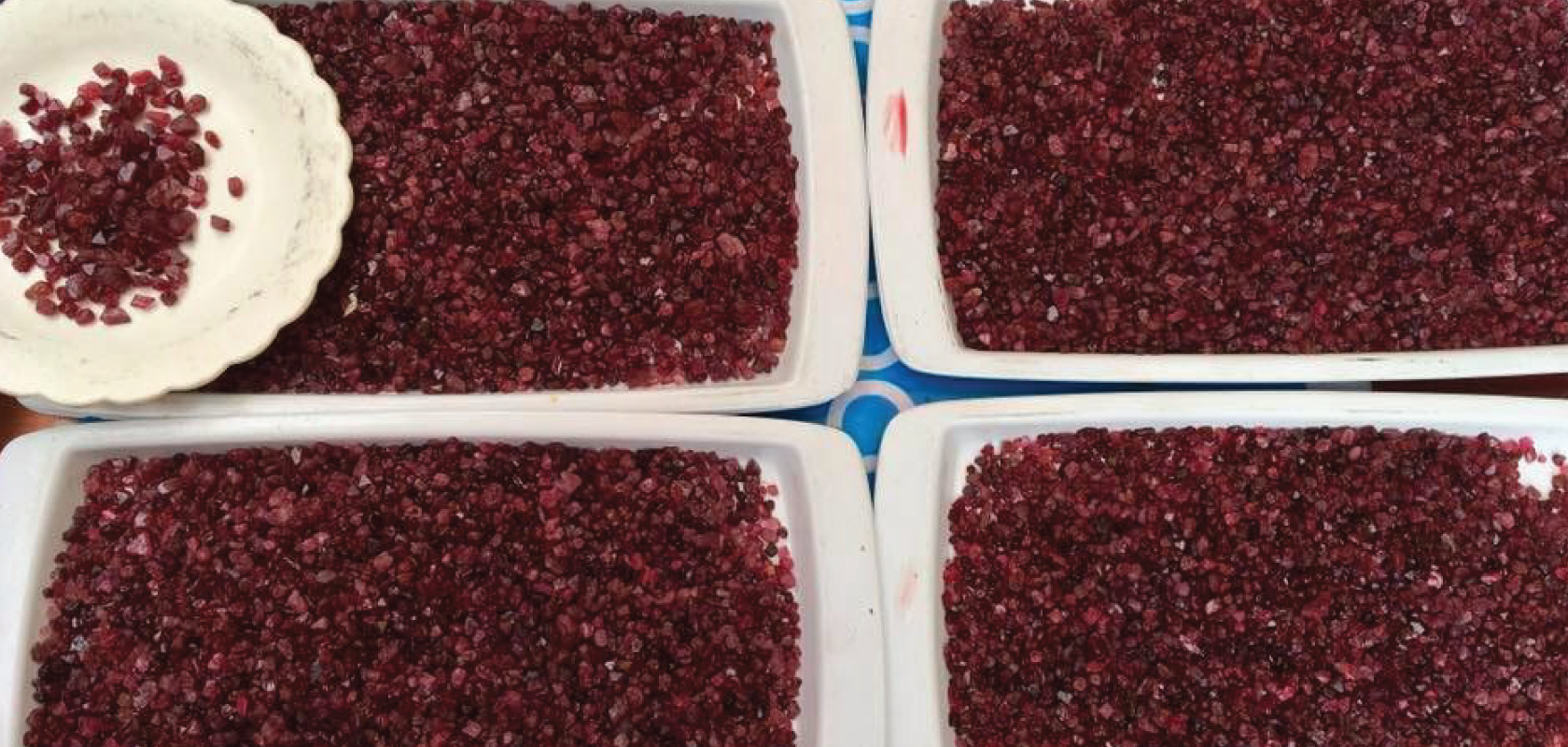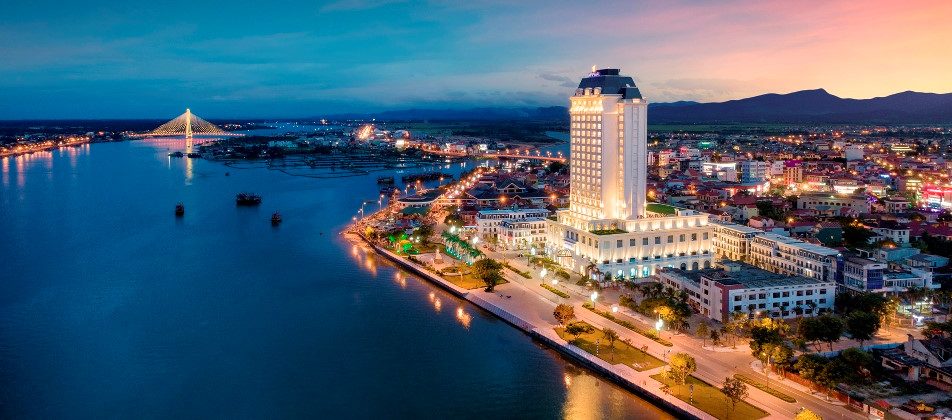Mogok is one of Myanmar’s most mystical places. Not only is it home to gem mines and a glittering town that reflects the bounty of these precious stones, it is also a place of untouched nature and fascinating ethnic culture. The town itself is nicknamed the ‘ruby land’ as a nod to the gems it is world-famous for.
On this 3-day tour, you will learn the local history about how the town grew out of the gemstone trade and the story of Mogok’s famous gem markets.
Drive from Mandalay to Mogok via Maddaya and Thabeikkyin (a 205-kilometre drive taking approximately seven hours) passing through farmlands, and then ascending by twisting and turning roads akin to a rural rollercoaster. On arrival, check-in at your hotel before watching the sunset from Daw Nan Kyi hill which offers a panoramic view of the surrounding area.
The highlights of Mogok are the mining hotspots and gem markets which are locally called ‘Htar Pwe’. Enjoy a morning visit at the colourful Aungchanthar market populated by the ethnic hill tribes surrounding Mogok. Continue your visit to open pit mines, tunnel mines and traditional square mines before heading to the gem markets of Yoke Shin Yone and Panchan. In the afternoon, visit a lapidary workshop, a goldsmith and gem souvenir shops. Next, visit the Chanthagyi stupa and scenic viewpoint, Phaung Daw Oo pagoda, and a gem painting workshop. Enjoy sunset at the viewpoint to close out the day.
On the next day, drive back to Mandalay and arrive in the late afternoon. Please note that for the time being, foreign visitors must first obtain permits in order to visit Mogok.
For reservations or more information, please contact us here.


